Communication Cooperation Collaboration Connection
Social learning
Historically we picked our career, a company hired us and stuck at it for 40 years received the gold watch and we retired. Today business, as well as own expectations, have changed that concept and we have evolved from one career to many, we have had to learn and grow to evolve and stay on track. It’s our responsibility to increase our individual performance, we can grow using our personal and informal networks and in turn that develops our social capital and also helps us adapt to new social environments. We ourselves can only evaluate our own knowledge and with personal knowledge networks take management of it. It’s our choice to learn or not to learn. We can use social media tools to aid with our own personal learning, such with: Wiki’s, blogs, Twitter, Facebook, texts, peer to peer, etc. As we connect on these networks we cooperate and collaborate and the key to social learning is we give collectively our knowledge. If we share what we are passionate about we gather more information and the network becomes more powerful than working alone.
Harold Jarche working with personal knowledge management in coined the concept Seek, Share, Sense.
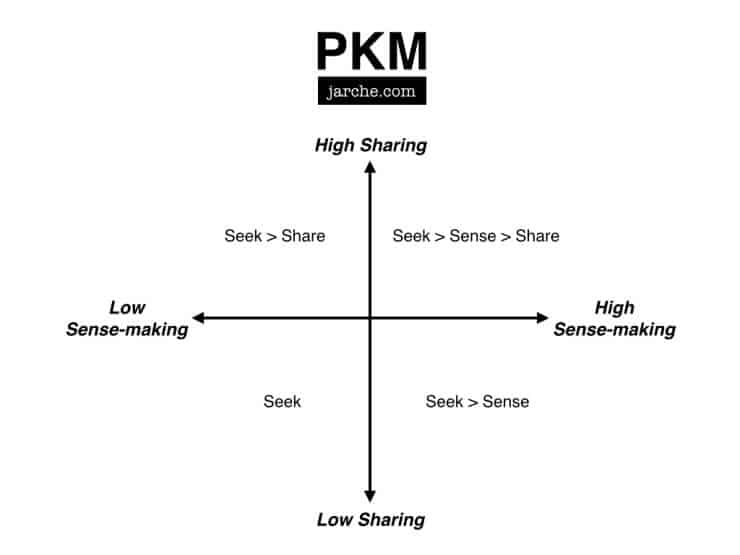
Figure 1: PKM. (Source: Jarche, Harold n.d.)
Harold Jarche working with personal knowledge management coined the concept Seek, Share, Sense.
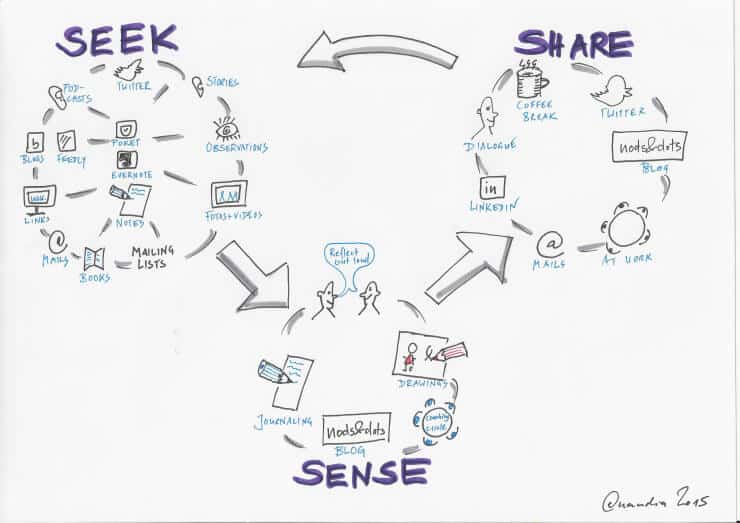
Figure 2: Seek, Share Sense. (Source: Zons, Amanda. n.d)
[2]“Handling fragmented material, building stuff naturally and structuring his universe into a hierarchy” We have a fluid identity and it changes depending on the circumstance 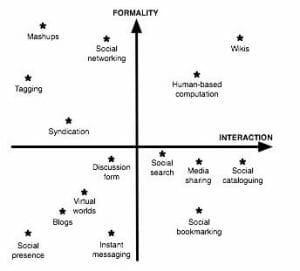
or situation, we are more casual with social conversations about our life but more guarded when it comes to sharing that information with business associates. As you can see from the PKN diagram on the right the more informal and increased interaction required for social interaction a different tool is used.
It’s beneficial for a business enabling their employees to develop personal knowledge networks, it leads to continual growth and sharing – like a snowball rolling down a hill. [3]“Right sort of ecology then knowledge sharing will tend to happen naturally”
Figure 3: PKM social media (Source: Jarche, Harold n.d.)
Work is learning and learning is work
Cisco focus enables employees to grow their personal knowledge networks and aids each individual in the learning process to develop a homogeneous cohesive network. Cisco understands that nothing stays the same, that a thriving company is actively listening and communicative company and that today’s consumers are educated, verbal and vocal online. They see the consumer going through a journey to loyalty and want to take that journey with them. Cisco created a fully integrated playbook which they call S.O.C.I.A.L
- Scalable – train and empower, helping employees build their personal knowledge networks (PKN)
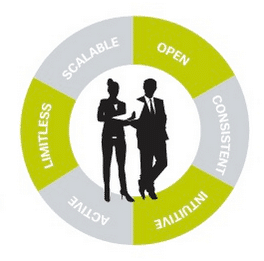
- Open – transparency
- Consistent – conversation with stakeholders
- Intuitive – understand where the consumer is going and what they want
- Active – constant monitoring of their social networks
- Limitless – flexibility
Figure 3: Cisco S.O.C.I.A.L (Source: Cisco. 2013, July)
Their digital and social framework helps them to be social, where the focus on:
- Enablement – encouraging and enabling employees to participate: courses, reverse mentoring (PKN)
- Intelligence – actively listen on social media to what consumers are saying
- Engagement – why, when, who, where and what social engagement
- Measurement – constantly checking and rechecking
- Advocacy – knowing brand advocates as well as detractors
This is Cisco giving personal empowerment to employees which develops business strength where employees feel valued and appreciated. Niall Cook’s 4’c of social software defined four categories where social software can create organizational value:

- Communication – allowing people to converse which is normally information, via texts, images, videos etc
- Cooperation – sharing social content in a structured or unstructured way which produces direct or indirect value
- Collaboration – allowing user collaboration on projects in a direct or indirect way
- Connection – using network technologies allowing people to connect and share content
Figure 5: 4’C’s of social technology framework. (Source: unknown. n.d.)
These are important because of
Knowledge Management
Business Intelligence
Project Management
It seems Cisco is using personal knowledge networks with the 5’c of social software to develop strength from the ground up.
Now for some light social media humour
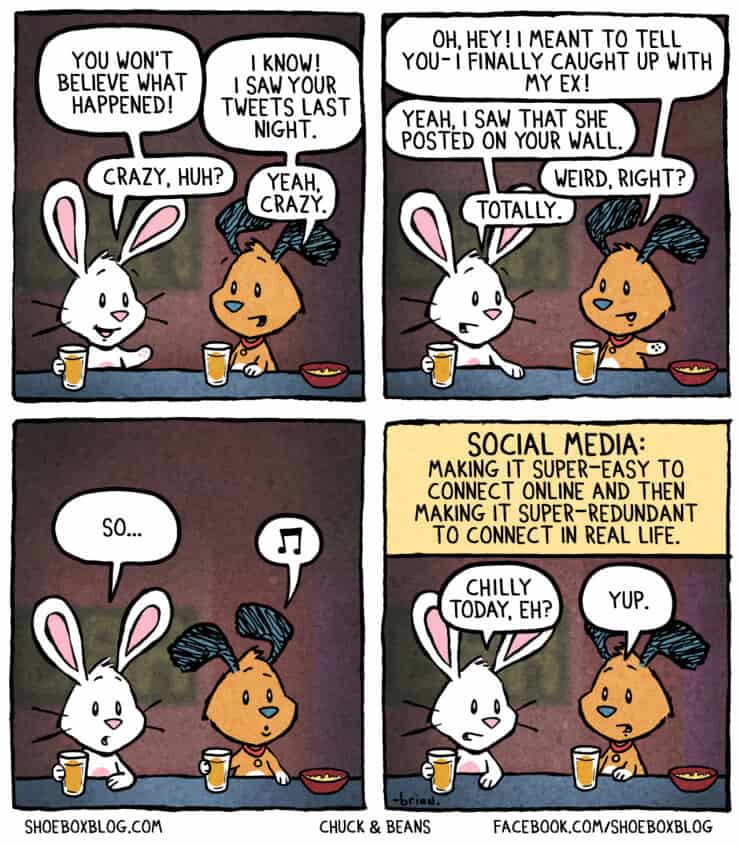
Figure 6: Social media leave us nothing to say. (Source: Gordon, Brian. 2016. May)
References
[1] Jarche, Harold. (January, 2104). The Seek Sense Share Framework. Retrieved from http://jarche.com/2014/02/the-seek-sense-share-framework/
[2,3]Pauleen, David. (2011) Personal Knowledge Management: Individual, Organizational and Social Perspectives. Gower.
Cook,N. (2008). Enterprise 2.0. How Social Software Will Change the Future of Work. Aldershot: England, Gower Publishing Ltd.
Cook, N. (2015, November 23). The four C’s of workplace social software. Retrieved from http://www.niallcook.com/2015/11/the-four-cs-of-workplace-social-software/
Aminem Chatti, Journal of Knowledge Management react-text: 35 16(5):829-844
Hart, Jane. (2012, August 11). From learning management to personal knowledge management. http://www.c4lpt.co.uk/blog/2012/08/11/from-learning-management-to-personal-knowledge-management/
Images
Jarche, Harold (n.d.). PKM. [Image] .Retrieved from http://jarche.com/2014/01/management-in-networks/
Zons, Amanda. (n.d). Seek, Share, Sense. [Image]. Retrieved from https://nanadia.files.wordpress.com/2015/05/blog-pkm-e1431631320110.jpeg
Jarche, Harold (n.d.). PKM in social media.[Image]. Retrieved from http://jarche.com/2014/01/management-in-networks/
Cisco. (2013, July). Cisco S.O.C.I.A.L.[Image]. Retrieved from http://www.slideshare.net/Cisco/cisco-social-media-playbook
4 C’s of social technology framework. (n.d.). [Image]. https://socialmediaforchickens.wordpress.com/2013/03/12/social-software-connecting-collaborating-communicating-and-cooperating/
Gordon, Brian. (2016, May). Social media leave us nothing to say. [Image]. Retrieved from http://chuckandbeans.tumblr.com/image/50965998283
Recent Comments